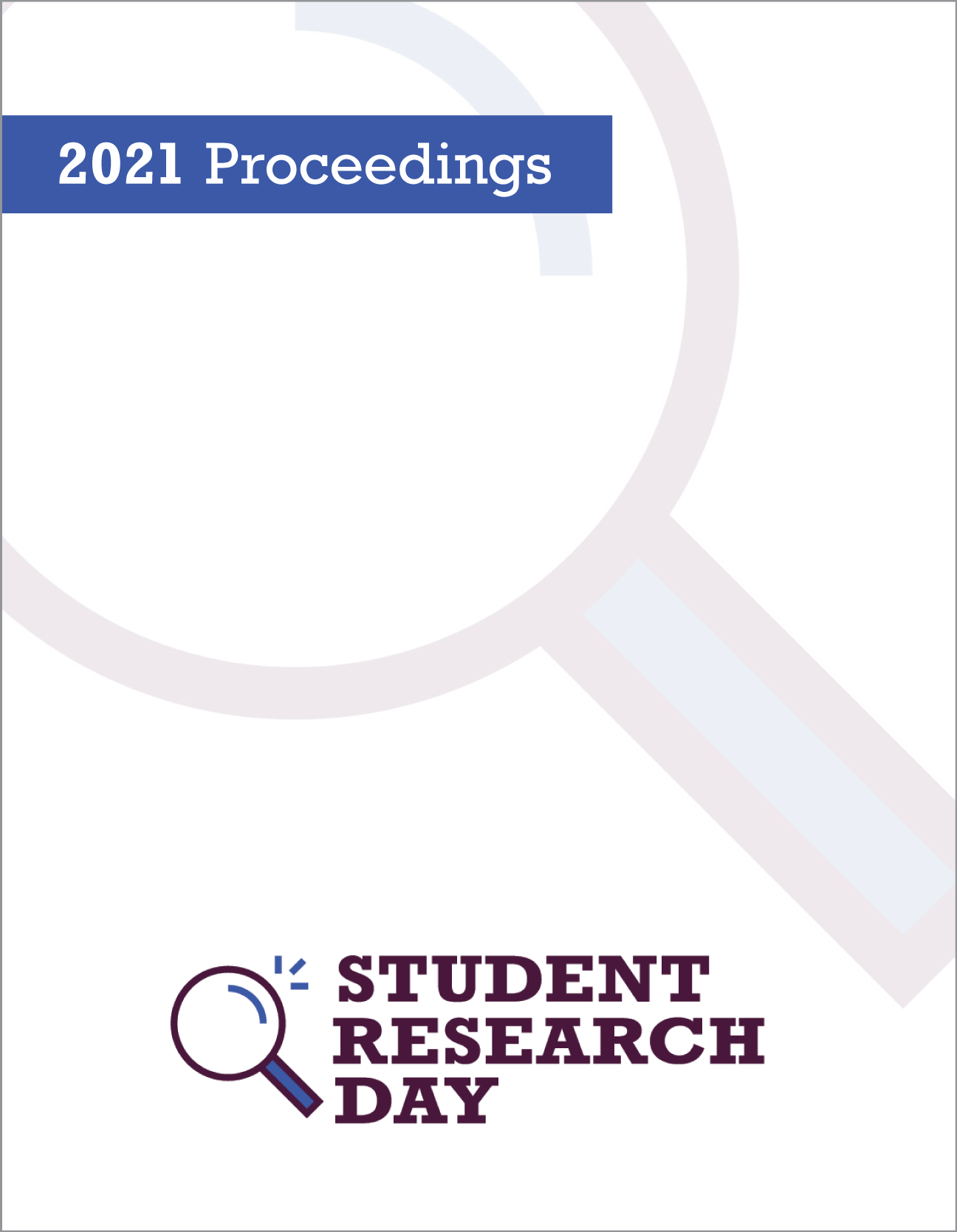Examining the Effect of Mask Use on Speech and Face Perception
Abstract
Facial perception has become increasingly challenging due to the Covid-19 pandemic. Research has demonstrated that facial expressions are one of the most important factors when examining human communication. However, the use of masks has obstructed one of the most communicative aspects of human beings. Research on speech perception has demonstrated that most individuals rely on the use of the eyes and mouth when using the face for communicative purposes. Facial movement and expression also provide visual stimuli to assist individuals when interpreting speech, however these aspects are most utilized when the mouth is not obstructed. Research has demonstrated that preventing visualization of the bottom half the face forces humans to rely on the visual structures that are not masked, such as the eyes, and forehead. The continuous use of masks in our everyday life may have increased our ability to interpret speech without being able to perceive the bottom half of faces. In other words, having to communicate on a regular basis with people wearing masks, might have forced us to be more sensitive to the eyes and prosody of the face and head. Our study aims to examine how masks affect speech and facial perception due to the constant use of masks. The presented study will highlight whether or not individuals have improved their ability to understand verbal stimuli presented from a masked face.
Department: Psychology
Faculty Mentor: Dr. Michelle Jarick
Published
Issue
Section
License
Authors retain any and all existing copyright to works contributed to these proceedings.



